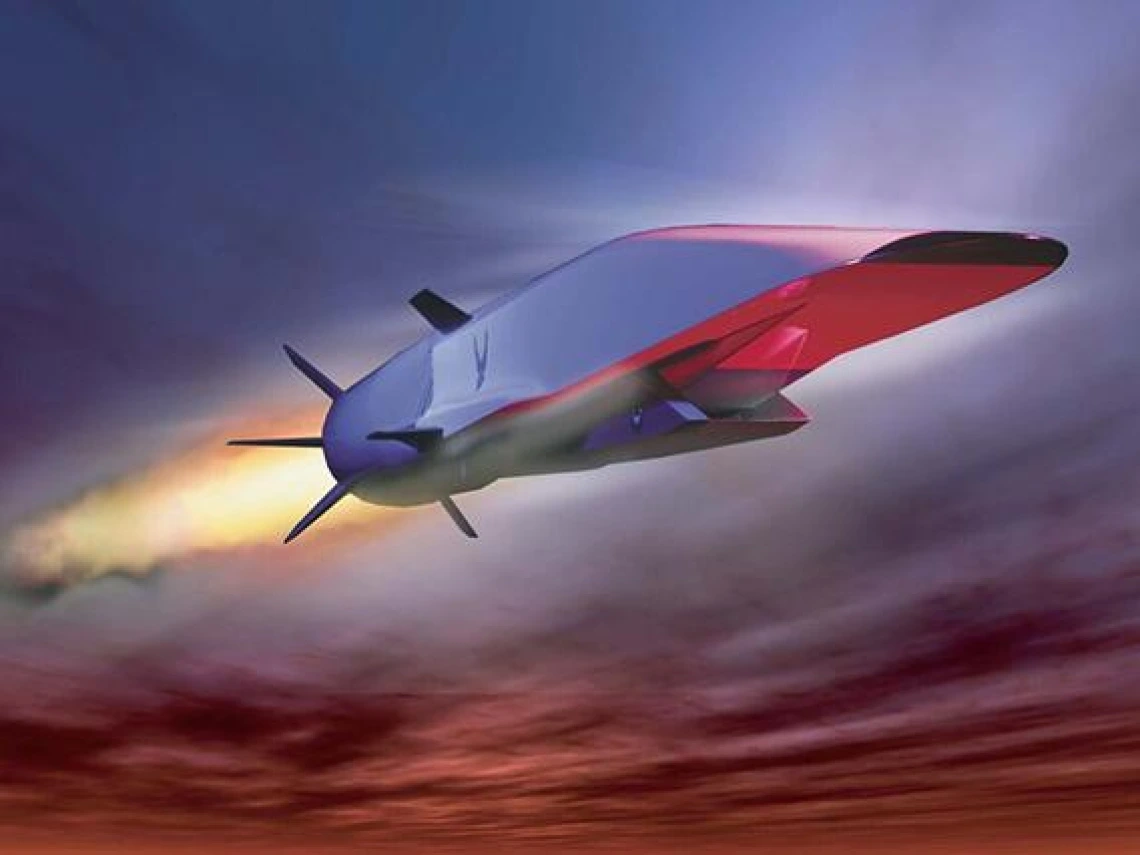UA Engineering Professor Wins Air Force Grant to Study Supersonic Air Flow
Jesse Little’s aerodynamics research investigates complexities of high-speed flight with $900,000 Air Force Award.

A team led by assistant professor of aerospace and mechanical engineering Jesse Little of the University of Arizona’s College of Engineering has received a $900,000 research grant from the Air Force Office of Scientific Research, or AFOSR, to study how air behaves when traveling faster than the speed of sound.
More than a decade since the last Concorde flew, the United States and many other countries have revived efforts to build high-speed aircraft capable of flying smoothly and efficiently through shock waves that occur when the sound barrier is broken.
This study -- Investigation of 3D Shock-Boundary Layer Interaction: A Combined Approach Using Experiments, Numerical Simulations and Stability Analysis -- focuses on understanding the physics of shock waves interacting with near-surface air flows in three dimensions. A long-term goal of the project is to develop guidelines for designing aircraft that can better withstand structural and heat stresses of sustained supersonic and even hypersonic flight.
“We have an incomplete understanding of the underlying physical mechanisms of high-speed aerodynamics in complex 3-D flows,” said Little, who received his bachelor’s, master’s and doctoral degrees in mechanical engineering from The Ohio State University in 2004, 2005 and 2010 before joining the UA College of Engineering faculty in late 2010.
“My expectations are that the work we are doing will inform the design and control of future high-speed flight systems.”
Little is collaborating with co-PI Hermann Fasel, UA professor of aerospace and mechanical engineering, New Mexico State University professor Andreas Gross, and several UA College of Engineering post-docs, graduate and undergraduate students. The three-year grant awarded in August 2015 builds on a 2014 Air Force seed grant. Additional support has been provided by Raytheon Missile Systems.
Little’s shock-boundary layer interaction study is one among several that have been funded by the Department of Defense. He received a Defense University Research Instrumentation Program, or DURIP, award in June 2015 to conduct aerodynamics research with plasma and prestigious Young Investigator Program research awards from the Air Force in 2012 and Army in 2014. Little has also received a number of Air Force and Navy fellowships.
UA professor Jesse Little’s research could help engineers design hypersonic aircraft like the U.S. Air Force’s X-51A Waverider. (Photo: Wikimedia Commons, U.S. Air Force

